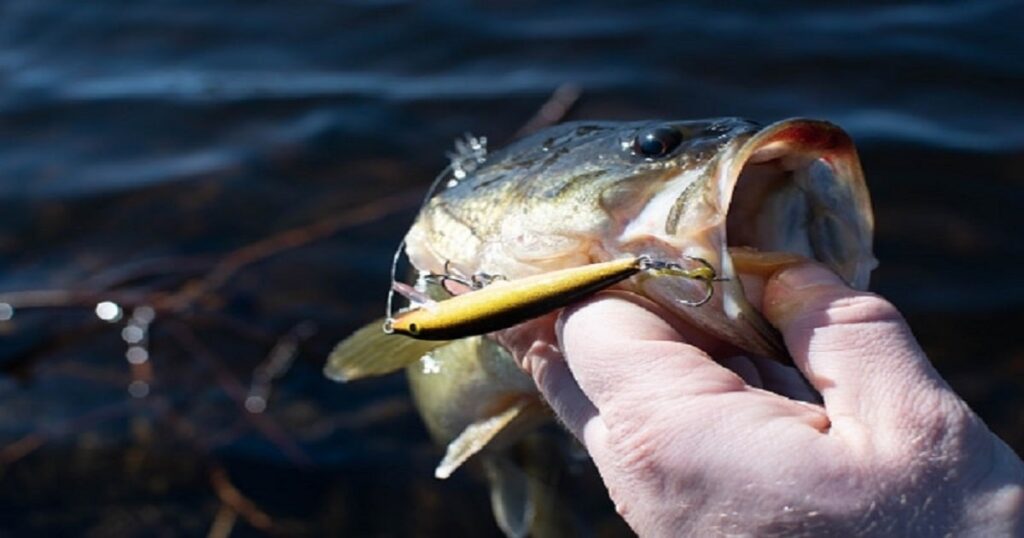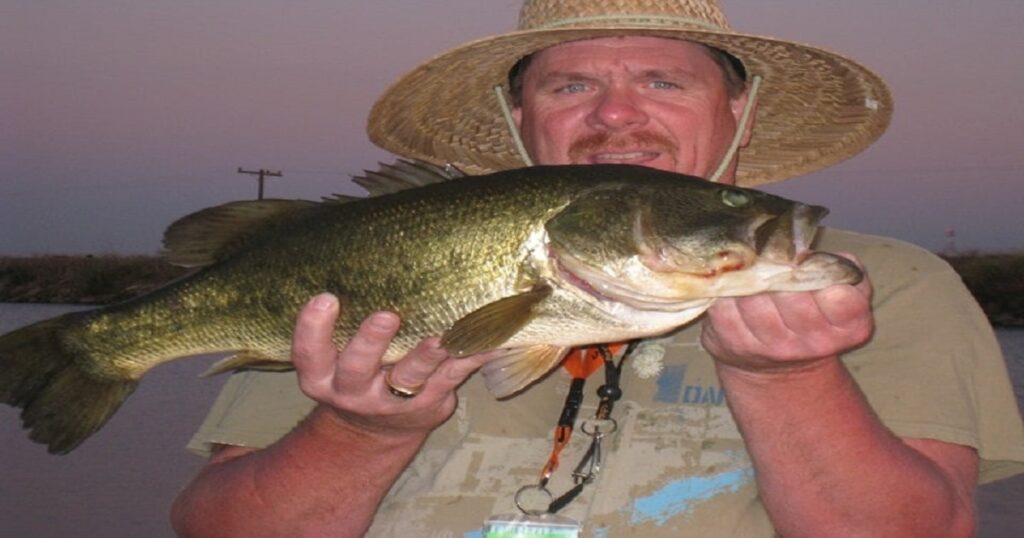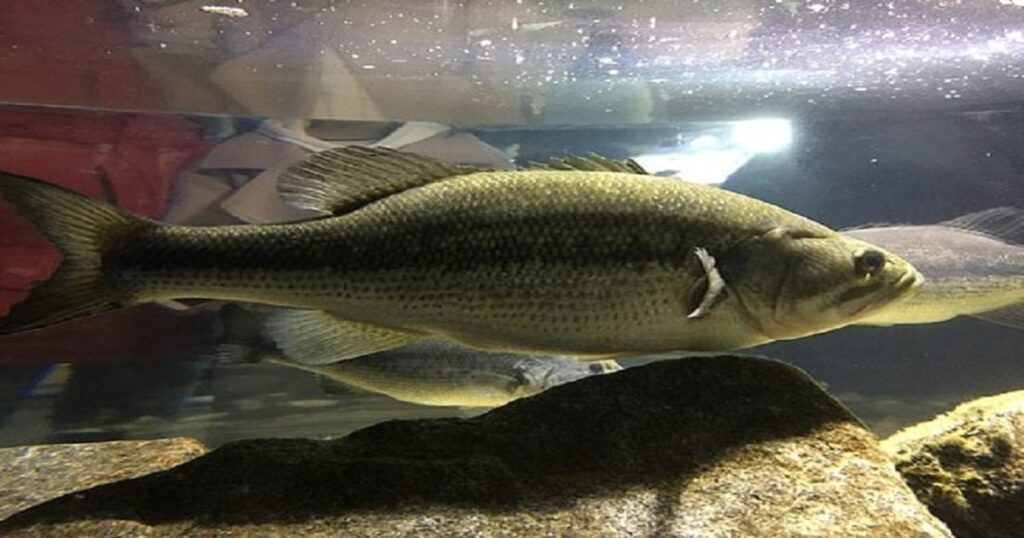The largemouth bass, scientifically known as Micropterus salmoides, is one of the most popular freshwater game fish in North America, they are known for their aggressive behaviour, powerful strikes, and ability to put up a fight when hooked.
Habitat
Largemouth bass are native to North America and can be found in freshwater bodies such as lakes, ponds, rivers, and streams. They prefer shallow water with lots of vegetation, such as lily pads, weeds, and submerged logs, as these provide cover and ambush points for them to catch their prey. In addition, largemouth bass are known to inhabit deeper areas of a waterbody during the summer and winter months, where the water is cooler.
Feeding Habits
Largemouth bass are opportunistic feeders and will eat just about anything they can fit into their mouths. Their diet consists mainly of smaller fish, such as minnows and shad, but they will also eat insects, crayfish, and other aquatic animals. Largemouth bass are known to be most active during dawn and dusk when they are more likely to hunt for their prey.

Size and Lifespan
Largemouth bass can grow to be quite large, with the world record weighing in at 22 pounds and 5 ounces. However, the average size of a largemouth bass is around 2-5 pounds, with some specimens reaching up to 10 pounds or more. Male largemouth bass tend to be smaller than females.
The lifespan of a largemouth bass can vary greatly depending on factors such as food availability, water quality, and fishing pressure. On average, they can live up to 10-16 years, but some can live as long as 20 years.
Largemouth Bass Fishing Records
The current world record for largemouth bass was caught by George Perry in 1932 from Montgomery Lake in Georgia. However, many anglers have caught trophy-sized largemouth bass over the years, with some of the most impressive catches coming from California, Florida, and Texas.
Some notable other records are:
- The record for the largest bass caught in a tournament is held by Manabu Kurita, who caught a 22-pound, 5-ounce largemouth bass in Japan’s Lake Biwa in 2009.
- The record for the most consecutive days catching a bass weighing over 10 pounds is held by Mac Weakley, who caught a 10-pound or larger bass for 11 consecutive days in California’s Dixon Lake in 2003.
- The record for the most total weight of bass caught in a professional tournament is held by Dean Rojas, who caught a total of 108 pounds, 12 ounces in a four-day event on Florida’s Lake Tohopekaliga in 2001.
- The record for the most bass caught in a 24-hour period is held by three anglers who caught a total of 1,033 largemouth bass in Texas’ Lake Fork in 2002.
It’s worth noting that records can be broken at any time, and there may be other impressive catches that aren’t officially recognized as records.

How to identify Largemouth Bass
Largemouth bass can be identified by their distinctive physical characteristics. Here are some key features to look for when identifying a largemouth bass:
- Mouth: The largemouth bass has a large, extendable mouth that extends past the eye when open.
- Coloration: The largemouth bass is generally dark green to olive on the upper body, with a light green to yellowish-white belly. There is usually a dark stripe that runs horizontally along the sides.
- Dorsal fin: The largemouth bass has a single, long dorsal fin that is separated into two distinct parts by a deep notch.
- Tail fin: The tail fin of the largemouth bass is generally slightly concave or straight.
- Size: Largemouth bass can range in size from a few inches to over 20 pounds, but most adults are between 12 and 16 inches long.

How to catch Largemouth Bass
Largemouth bass are a popular game fish for anglers, and there are many different techniques for catching them. Here are some tips on how to catch a largemouth bass:
- Use the right gear: A medium to heavy spinning or baitcasting rod with a fast action and a reel with a high gear ratio is recommended. A 10-20 pound monofilament or fluorocarbon line is ideal.
- Choose the right bait: Largemouth bass will eat a variety of baits, including live bait, such as worms, minnows, and shad, as well as artificial baits, such as crankbaits, spinnerbaits, and soft plastics. The key is to match the bait to the conditions and the behaviour of the fish.
- Fish near cover: Largemouth bass love to hang out near cover, so focus your fishing efforts around areas with lots of vegetation, logs, or other structure.
- Vary your retrieve: Largemouth bass can be finicky and may prefer a certain retrieve speed or technique. Experiment with different retrieves, such as a slow and steady retrieve, a stop-and-go retrieve, or a jerkbait retrieve, until you find what works best.
- Be patient: Largemouth bass can be challenging to catch, so it’s important to be patient and persistent. Keep trying different baits and techniques until you find what works best for you.
With their aggressive behaviour and powerful strikes it’s no surprise that Largemouth bass are such a popular popular freshwater game fish. If you find yourself in North America you should make a visit to catch one of these incredible fish a priority.